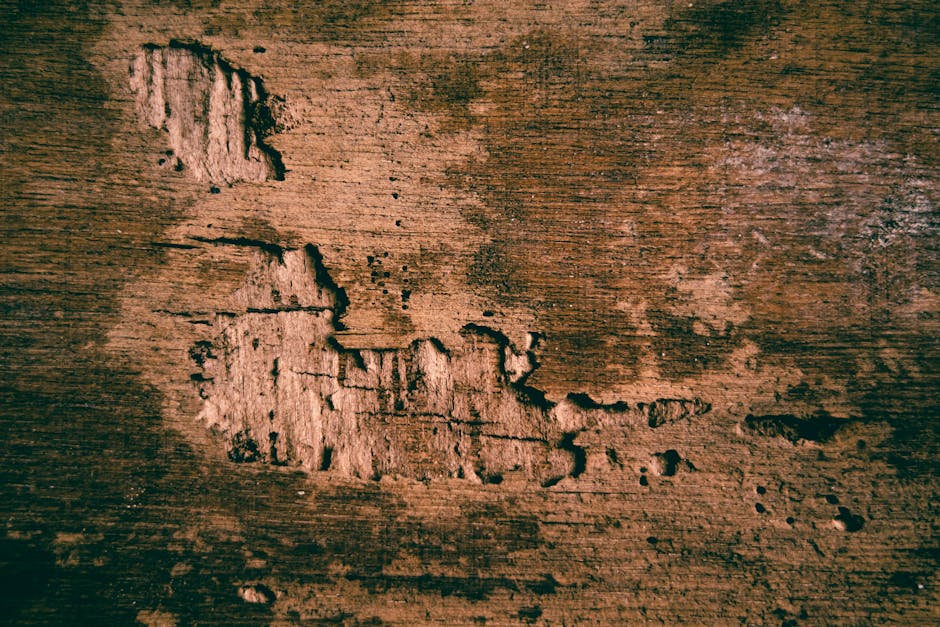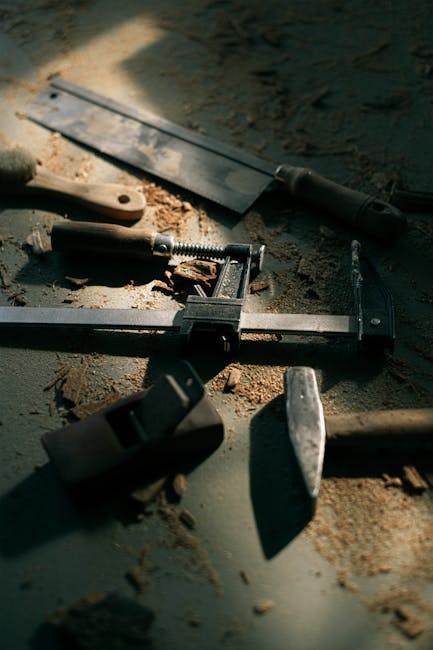With the growing trend of second-hand and vintage furniture, knowing how to repair minor damages such as chipped wood can greatly help maintain the aesthetic and value of your pieces. Plus, it's an environmentally-friendly practice that aligns with a sustainable lifestyle. Here's a detailed guide on how to effectively fix chipped wood furniture.

Before starting, gather the necessary materials and tools to ensure a seamless repair process:

Proper preparation is crucial for a successful repair. Start by cleaning the damaged area thoroughly to remove dirt and debris. Use sandpaper to smooth out any rough patches and remove loose dirt and sawdust, ensuring a strong bond with the Bondo.
If the damage is in a weight-bearing area or a deep gouge, consider reinforcing it with screws or nails. This provides a better grip for the Bondo, enhancing the durability of your repair.
Follow these steps to correctly mix and apply Bondo:
Allow the Bondo to fully dry before proceeding to the next step. This patience ensures that the repair is even, and the surface is ready for sanding.
Once the Bondo hardens, use 180-150 grit sandpaper or an electric sander to blend the repair into the furniture's original shape. This creates a smooth surface ready for staining. If you need to compare different sanding tools, check out our guide on palm sander vs orbital sander.
Select a wood stain that matches your furniture. Apply it to the repaired area, blending it seamlessly with the rest of the piece. Let it dry thoroughly, and consider applying a protective coat to finish.
Always work in a well-ventilated, clutter-free area to minimize risks. Use safety gear like gloves and a mask to protect yourself from harmful fumes and chemicals involved in the repair process.
Laying down a plastic sheet during the restoration process makes cleanup easier and protects your floors from spills and stains. Once the repair is complete, dispose of any waste materials responsibly.
| Step | Description | Tools Needed |
|---|---|---|
| Preparation | Clean and sand the damaged area. | Sandpaper |
| Reinforcement | Use screws or nails for deep gouges. | Screws, nails, drill |
| Mixing Bondo | Combine Bondo with hardener. | Bondo, hardener, craft sticks |
| Application | Apply Bondo to the damage. | Putty knife |
| Smoothing | Sand the hardened Bondo. | Sandpaper, electric sander |
| Staining | Match and apply wood stain. | Wood stain, brush |
Repairing chipped wood furniture is a rewarding process that can breathe new life into your pieces. By following these steps and using the right materials, you can confidently tackle any small damages and maintain the beauty of your furniture. For more tips on woodcrafting and maintenance, you might find it insightful to read our guide on how to finish live edge wood.
